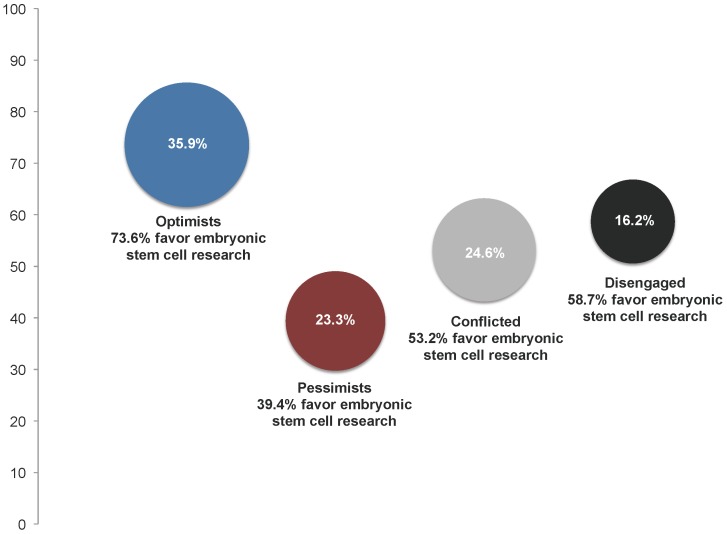Figure 1. Views on science and society as a proportion of U.S adult population and by percentage favoring embryonic stem cell research.
Unique audience segments relative to their views on the social implications of science and society were identified using principle components analysis, oblique rotation. Participants who scored high on scientific optimism and low on scientific reservations were categorized as “Scientific Optimists” (35.9% of respondents). Those who scored high on scientific reservations and low on scientific optimism were categorized as “Scientific Pessimists” (23.3% of sample). Respondents who scored high on both measures were categorized as “Conflicted” (24.6% of sample). Those who scored low on both measures were categorized as “Disengaged” (16.2% of sample). Size of the bubbles for each schema-related audience segment are proportional to the percentage of relevant respondents within the pooled, aggregated data sets (N = 8,105). To measure their views on embryonic stem cell research, respondents were asked: “On the whole, how much do you favor or oppose medical research that uses stem cells from human embryos - do you strongly favor, somewhat favor, somewhat oppose, or strongly oppose this?” Source: Virginia Commonwealth University Life Sciences Surveys, 2002–2010. No survey was collected in 2009.

